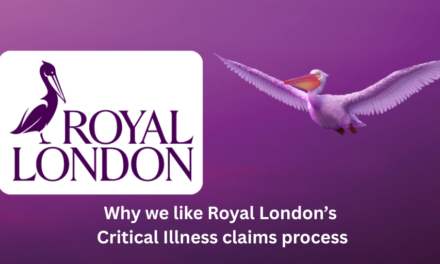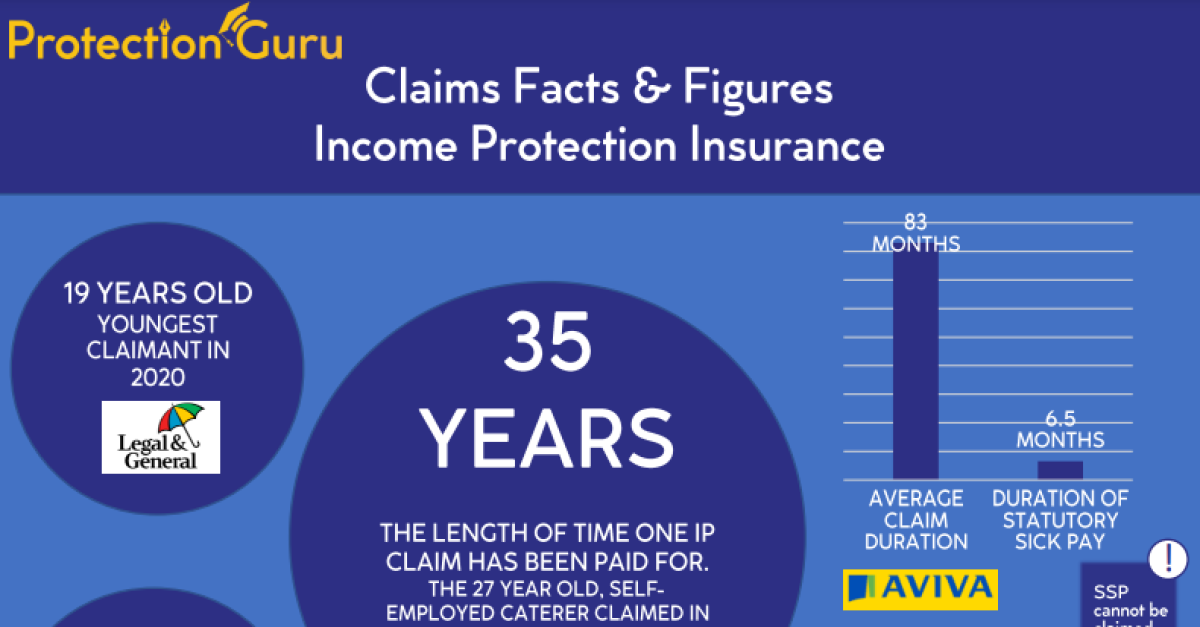
Closing the Perception Gap: AMI Report Unveils Growth and Opportunities in Protection Industry Amid Consumer Realities

Publication of The Association of Mortgage Intermediaries (AMI) Viewpoint report is always a key day in the protection calendar. This year, it highlights important opportunities and reasons for optimism, while at the same time demonstrating there is still much the protection industry can do to be better.
Now in its fourth year, the report brings together compelling consumer and adviser research and deserves to be seen as a key information resource across our industry. Importantly this year the report addresses the Perception Gap, highlighting the difference between what we in the industry may think and feel and the reality in consumers’ eyes.
House purchase is again demonstrated to be the key trigger for consumers to buy life, income protection and critical illness cover, demonstrating how crucial it is for the protection industry to convince all mortgage firms to make such advice a core part of their process.
There is a lot to be positive about in this report, for example, 50% of consumers now recall their mortgage broker or adviser raising protection, as part of their advice process. This is up from 36% when AMI started their research in 2020, although clearly, there is a lot more room for improvement.
Consumer Duty appears to have had some impact on mortgage advisers’ approach to protection, with 40% reporting their firms have increased the number of protection conversations with customers. 22% however, reported their firms have not adapted their approach to protection as a result of Consumer Duty. Hopefully, this means they were already addressing the issue comprehensively. In reality, it may mean something less, not least because of the regulator’s requirements that advisers now focus on value, not just price.
Disappointingly consumers still prefer buying protection via price comparison websites, with 31% selecting that route. This raises an interesting question about what such sites are doing to assess the FCA requirements for firms to demonstrate value, not just price, as part of the Consumer Duty changes. Indeed, if coming across a client saying they will use a price comparison service, I would suggest advisers ask if the price comparison gave an assessment of value or just price? You may also want to ask if, when buying to protect the people they care about the most, clients really want the cheapest policy, or do they want the best quality or best value option? We have found that 85% of consumers given the choice, will select a better plan than the cheapest. Obviously, Protection Guru Pro can give advisers an easy way to compare price and value in less than two minutes, this link can give you more information on how to do this.
Positively, younger generations are less likely to want to use these sites with 21% of Gen Z consumers (17 to 26) stating a preference for face-to-face advice. This aligns with other research in the wealth market, which shows younger consumers prefer the personal touch.
The report provides further evidence of the lack of consumer understanding of the limits of state benefits, in the event of long-term illness, with 56% of consumers saying they would meet a financial shortfall from savings if they couldn’t work for six months. The recent Financial Fragility report from the Yorkshire Building Society showed that 22% of UK consumers are unable to save monthly. It also highlighted only one-third of people confirmed they had the average cash nest egg of £17,345 they felt they would need to be financially secure, this suggests that 56% are being unrealistic in their assumptions. This provides more evidence of the important work to be done by the Income Protection Task Force.
On the Key issue of claim stats, the report highlights a greater level of trust in this data from younger consumers, 69% of 18 to 34-year-olds, trusting the numbers as opposed to 37% of those aged 55+. Significantly trust is also greater amongst those who have received financial advice (60%). It is good to see these numbers improving but I think this really highlights the importance of video case studies to demonstrate to consumers that protection really does work. An ample supply of such case studies can be found on the Protection Guru website via the links below. I would urge all advisers to bookmark these pages so they can quickly use them to help demonstrate real consumer experiences. These can be found here:
- Income Protection Case Study Videos
- Critical Illness Case Study Videos
- Additional Benefits Claims Case studies
- Life Claims Studies
It is understandable that there are fewer case studies for what we politely call life claims, in reality, they are death claims. Obviously asking for a claims case study is difficult at a time of bereavement but I think advisers and insurers need to look at how we can gather more video case studies in this way. Perhaps when an insurer has addressed a claim particularly promptly beneficiaries could be asked to help encourage others to make sure their families are similarly protected.
Worryingly 34% of advisers say they do not have a protection section on their website. This is a clear opportunity firms should address. Turning to social media only 13% of advisers create social media content about protection despite ample evidence that many firms are harnessing this medium to drive more protection conversations.
There are also questions over if the platforms used are the most appropriate to reach younger consumers, Facebook and LinkedIn, being the most popular amongst advisers for content creation, polling at 88% and 59% respectively. By comparison, TikTok a more popular platform with younger consumers is only used in this way by 11% of advisers. Instagram, however, is more popular at 59%.
The full report can be found here and should be essential reading for all advisers. In addition, AMI has created a wide range of videos from their consumer research which can be found at the AMI website here and a wider range of multi-media and other content on the Viewpoint report here

















